Ask a Pro Photographer: How to Use Photography for Conservation
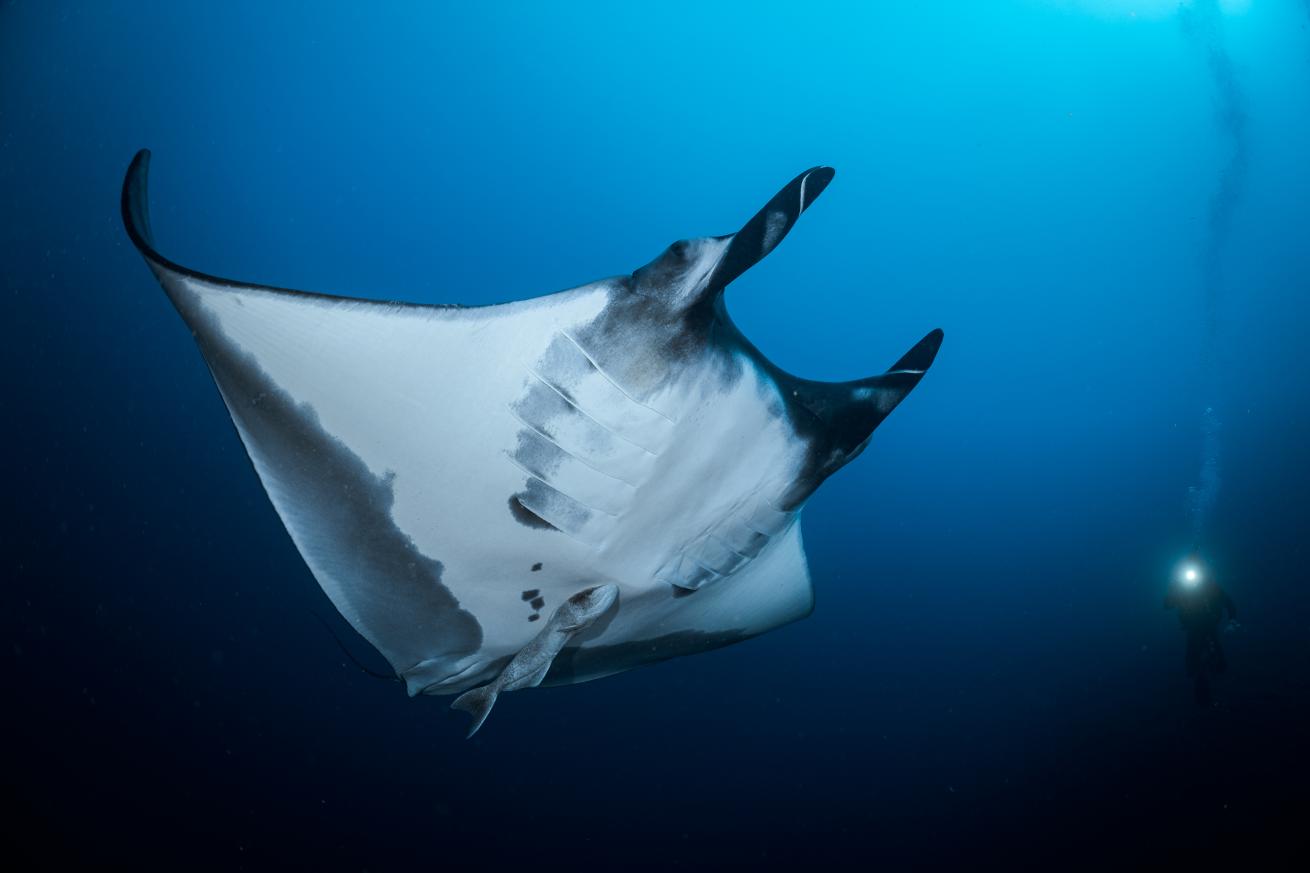
Jay CluePhotographs of oceanic manta rays can be used to identify individual rays.
To nonphotographers, many of us seem alien. We carry around these big, heavy underwater housings with multiple arms and lights growing from them like some mechanical octopus. We meticulously stress over its safety, ensuring O-rings are clean and no water droplets sneak inside for fear that thousands of dollars of gear could be so easily destroyed. We spend our dives looking through a viewfinder, changing settings and pushing around our metal buddy. This begs many to ask: Why?
Underwater photographers are an interesting bunch. Some love to capture the epic memories of their dives to share with family or on social media. Others enjoy the art form and perfecting their craft. I find amazement in the underlying power a photo carries. Photographs capture a split-second moment in time and then can transport us to worlds we may never see with our own eyes. Photos can cause us to be overcome with emotion or spark our curious nature, igniting a drive to learn more. The famous saying "a picture is worth a thousand words" has held true for over a century, and despite all the advancements in technology today, there are still very few things that possess this kind of power.
To kick off the New Year, we will take a break from discussing tips and gear, and instead talk about something close to my heart. During a recent Instagram Q&A with Scuba Diving, user @yohan_lee_creatives asked, “What is your message to those who want to pursue photography and conservation?”
Related Reading: Taking Care of Your Underwater Photographer

Jay ClueA pod of Atlantic spotted dolphins checks out Shelby while freediving off the coast of the Bahamas
Conservation Photography and Storytelling
One of the most significant defining points along my journey was finding purpose in my passion for photography. As my photos improved, I noticed more nondivers asking me questions about the animals in my shots or the ocean in general. Essentially, it created this unique opportunity for me to teach them about my other passion—marine conservation.
As this continued to grow, I found myself no longer entering competitions or looking for praise from other photographers. I had discovered a purpose for my passion. I wholeheartedly believed that if I worked hard enough and improved my skills, then maybe I could get more people interested in protecting the ocean I love and the incredible creatures that call it home.
Photographs and videos of the natural world are immensely powerful tools for conservation. They strike with impact while relaying complex stories in mere seconds. Many of us have seen Cristina Mittermeier’s photo of a starving polar bear struggling across an iceless Arctic field. But have you ever stopped to think of its impact? This one photo made headlines worldwide and pushed global focus toward the melting Arctic sea ice while introducing many to the horrors of the climate crisis.
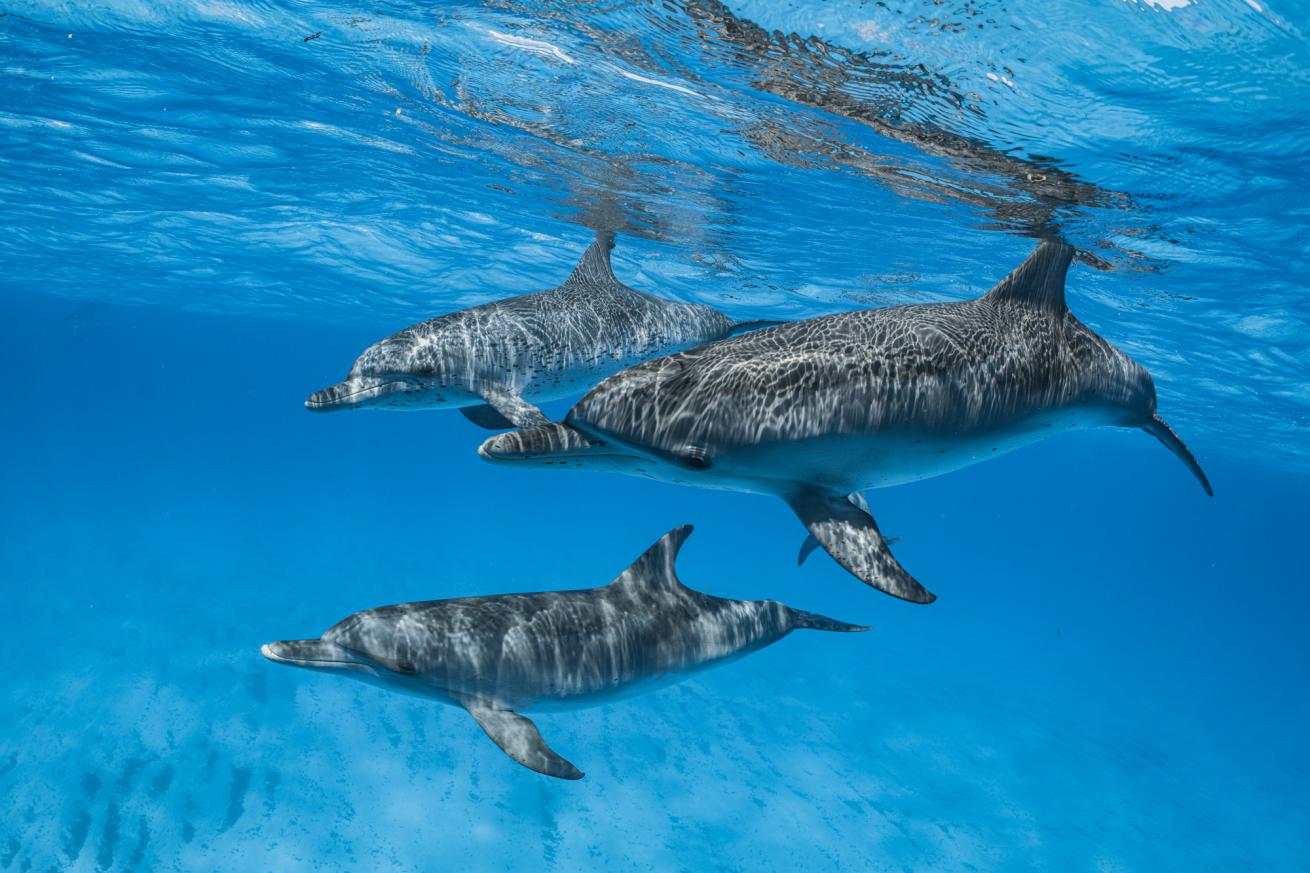
Jay ClueAtlantic spotted dolphins off the coast of the Bahamas have complex social structures that can help be identified through photo and video.
But it doesn’t have to be only doom and gloom. Showing nature’s magnificent beauty can inspire people to fall in love with something they’ve never seen. David Attenborough once famously stated, “No one will protect what they don’t care about, and no one will care about what they have never experienced.”
Yet, humans play the most crucial role in the protection and recovery of our planet. Attenborough’s nature documentaries work to transport us, allowing us to experience a natural world we have become increasingly disconnected from. By combining his remarkable storytelling with the stunning visual work of talented cinematographers, they inspire us to care. They make us want to make a difference.
Related Reading: Expert Alex Mustard Shares His Secrets on How to Photograph Dolphins in the Wild
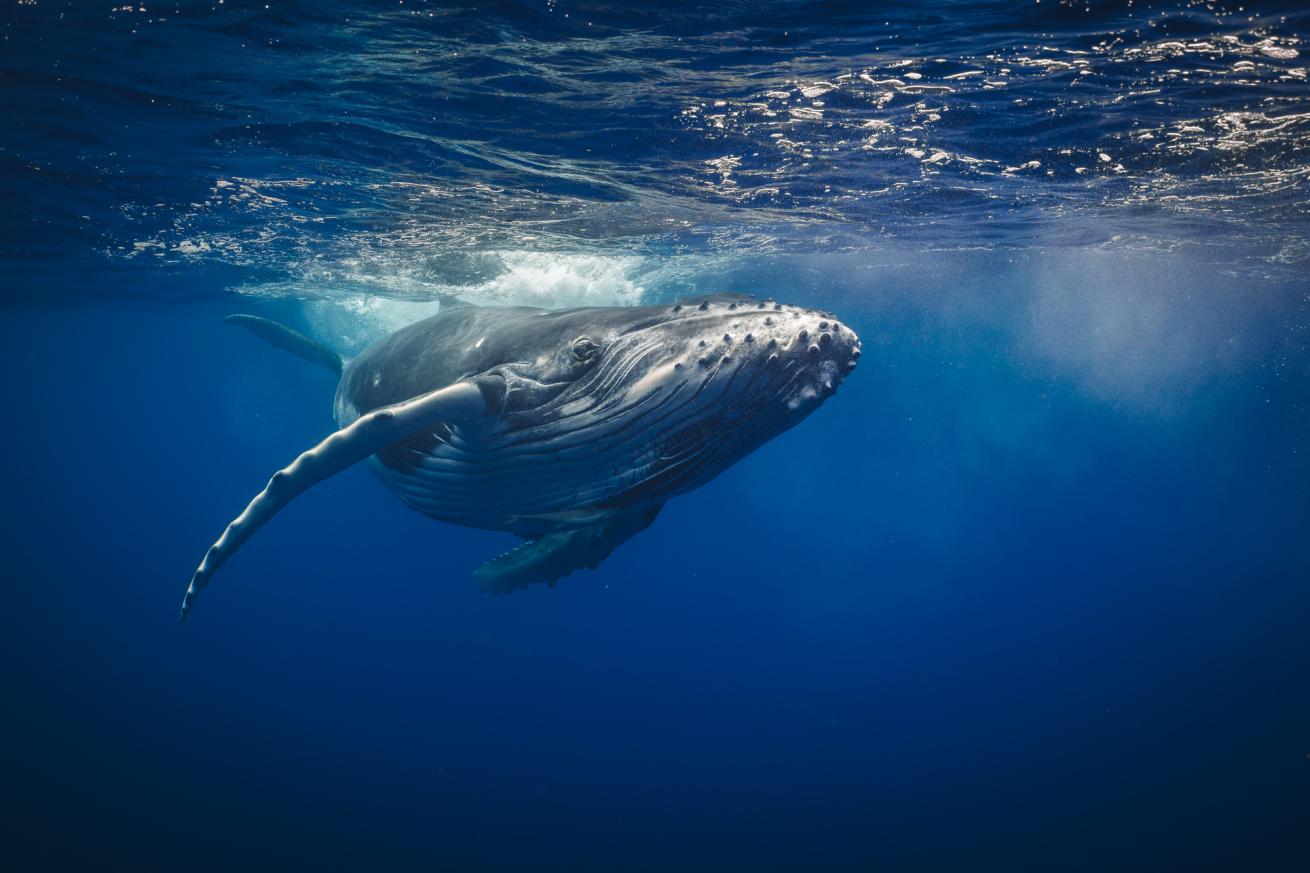
Jay ClueA curious humpback whale calf plays in the waves of Tonga while its mother rests below.
Photography for Science
Marine scientists have long recognized the usefulness of photography in their research. Newer platforms even allow researchers to crowdsource data from around the world through citizen science programs.
One example of this is photo identification. These programs use the unique markings of different animals to identify them, similar to how our fingerprints can identify individual humans. For example, the markings on the underside of manta rays, the pattern on the fluke of a whale and the spots on a whale shark can all be used to identify individuals.
When a photographer submits a photo to the database, they also include relevant information about where and when it was taken. This lets scientists monitor individual growth, injuries, migration habits, wound frequency, population size, transit routes and more. But best of all, anyone can submit images. You don’t need a fancy camera or even perfectly captured shots. Anyone can get involved.
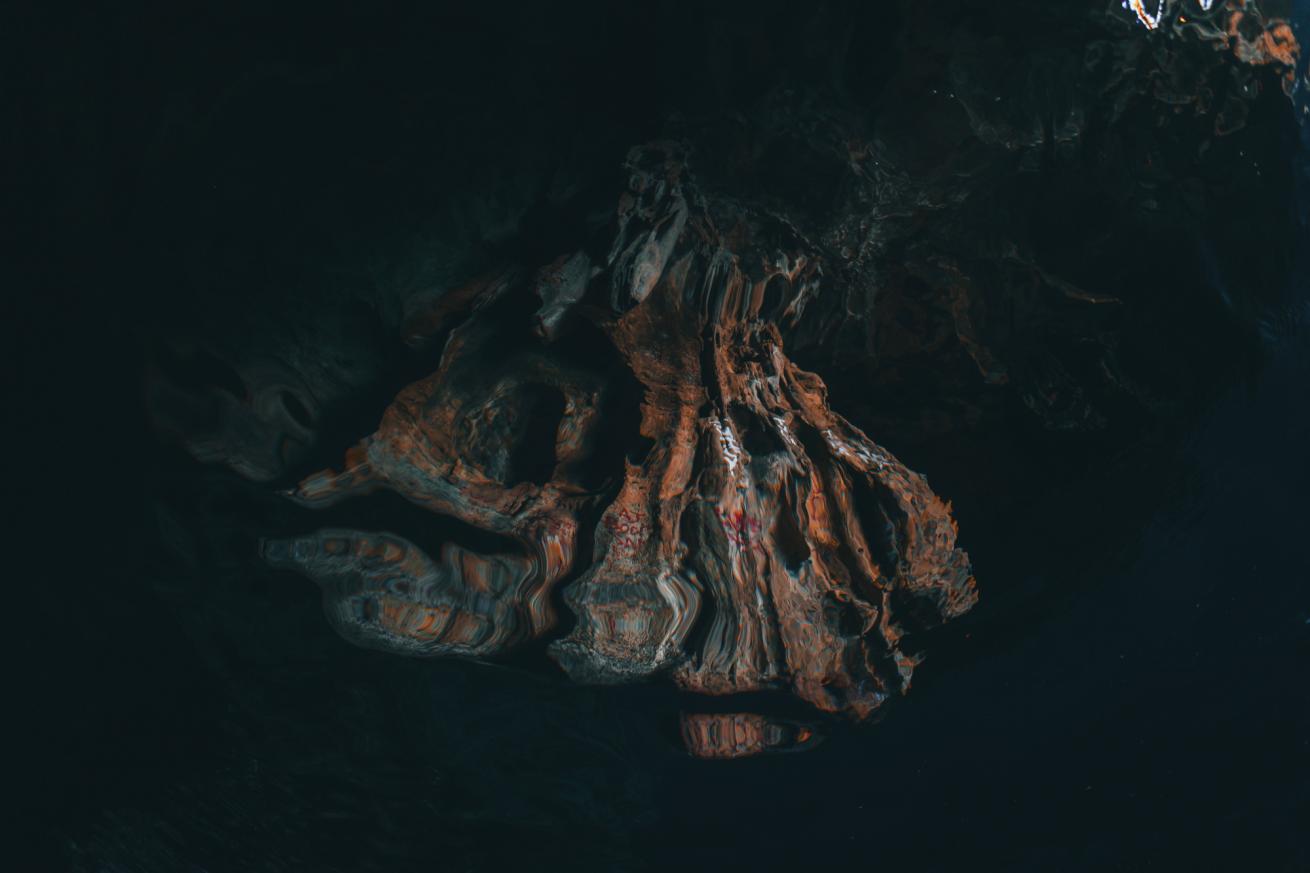
Jay ClueRocks covered in graffiti inside a Tongan sea cave seen from underwater.
An exciting feature of these projects is their ability to use retroactive data by gathering old photographs from before the project even existed. Pacific Manta Research Group, which beganits manta ID research in the 1990s, was able to extend it all the way back into the 1970s by digitizing old photographs that some awesome humans donated to the project. This allowed them to virtually travel back in time to decades before the project even began.
Photography can also document environmental changes, such as coral bleaching and marine debris. It can be used to capture new behaviors or even new species in an area. A few years ago, I was able to document the first confirmed sighting of sand tiger sharks in Cabo. On another occasion, fellow photographer/conservationist Shawn Heinrichs and I documented a never-before-seen mobula ray courtship ritual. The footage from these encounters let scientists expand their research and learn new things even though they weren’t with me in the water those days.
Related Reading: Ask a Pro Photographer: How to Achieve Awesome Color in Your Underwater Photos

Jay ClueJD of Mission: Iconic Reefs helping maintain the Coral Restoration Foundation’s nursery.
What You Can Do
Circling back to our original question: What is my message? Grab your camera and capture the world around you. Submit your photos to citizen science programs to help researchers. Contact local research and conservation organizations to ask if donating photos could help their projects. Get outside and tell those stories. Document the beauty, the complexities and the destruction you see. Inspire others to fall in love with the same natural world that brings you so much joy. Use your photography to be a voice for those who can not speak.
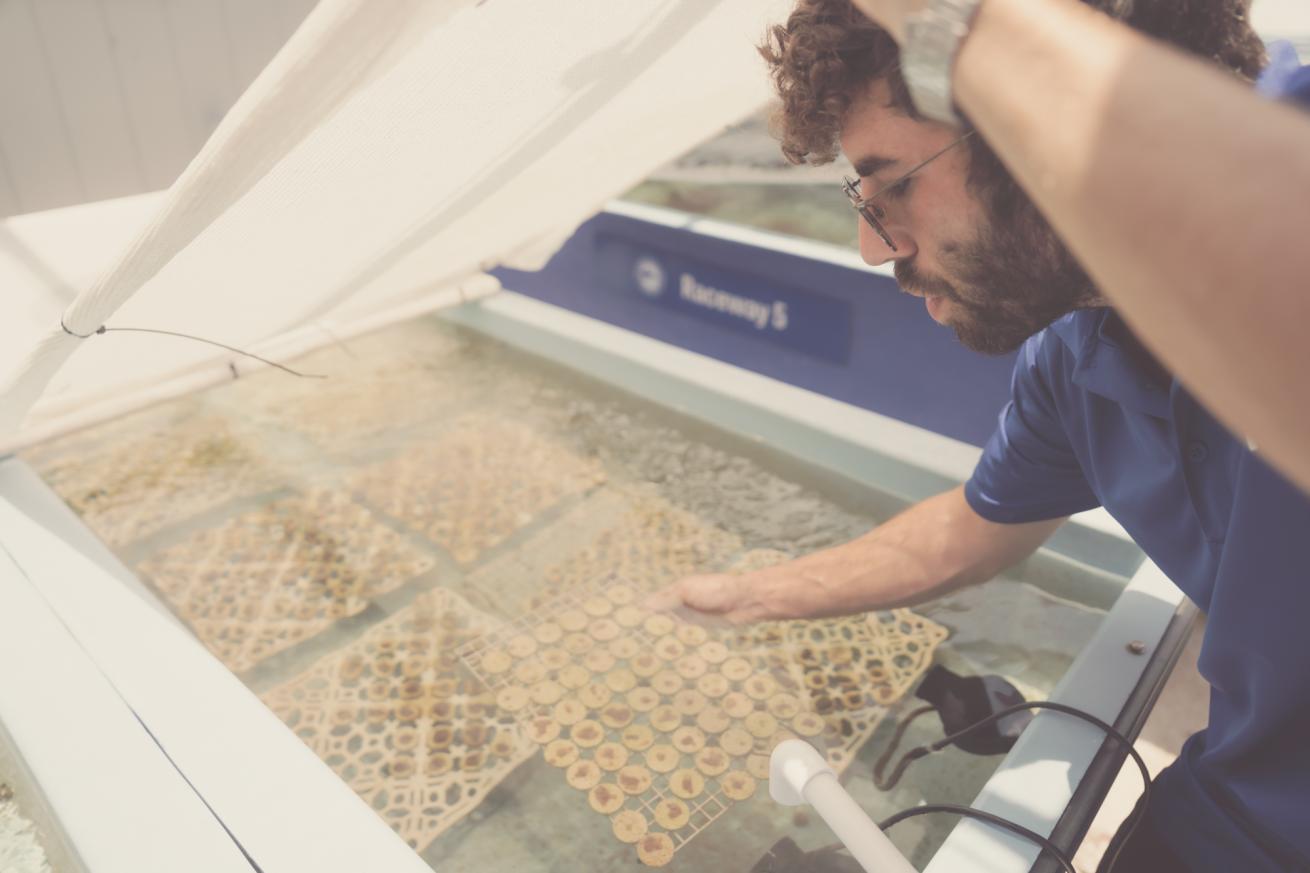
Jay ClueAri of Mote Marine Lab shows how they study coral genotypes and utilize the research to try to grow more resilient reefs in the Florida Keys.
All of us photographers and videographers have the opportunity to wield this incredible power. Together, we can use it to help preserve and protect this remarkable pale blue dot we call home.
Ask a Pro Photographer is a monthly column where Jay Clue answers your questions about underwater photography, cinematography and conservation storytelling. Topics are chosen from our audience. If you have a question you’d like answered in a future Ask a Pro Photographer column, join us on Instagram at @scubadivingmag the last week of each month, or submit your questions using this form.

Cecilia Mar RuizJay Clue
Jay Clue is an accomplished photographer, educator and conservationist who uses captivating photography combined with passionate storytelling to inspire people around the world to cherish and preserve the natural beauty of our planet. His photos have appeared in a multitude of both print and digital media platforms, including Newsweek, National Geographic Traveller, Oceanographic Magazine and many more as well as for major brands such as PADI, Sony, National Oceanic and Atmospheric Association (NOAA) and more. When not working on commercial projects, he shares his passion for photography and conservation by teaching workshops and leading unforgettable experiences with wildlife around the world. Follow him at @jayclue on Facebook and Instagram, where he’s always happy to answer questions and chat about photography.










